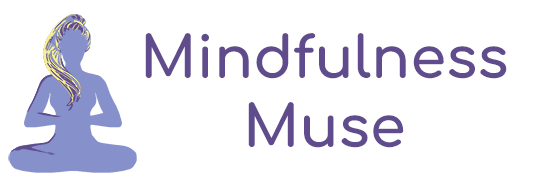Untangle False Beliefs about Emotions – Part Two

“Don’t be ashamed to weep; ’tis right to grieve. Tears are only water, and flowers, trees, and fruit cannot grow without water. But there must be sunlight also. A wounded heart will heal in time, and when it does, the memory and love of our lost ones is sealed inside to comfort us.” – Brian Jacques
In my last post, “Untangle False Beliefs about Emotions – Part One,” you began the process of identifying what basic core beliefs about emotions impact your life. These deeply entrenched assumptions about yourself, others, and the world can result in not questioning your personal experiences or challenging yourself in new ways. In a sense, core beliefs about emotions shape and mold each of our subjective realities about what emotions are, what they mean, and how we tend to respond to them.
Common Myths about Emotions
It is the very nature of core beliefs to be resistant to change… however, it is possible to shift maladaptive – or sometimes referred to as “irrational” – core beliefs through earnest self-exploration, challenging assumptions, and taking healthy risks. Let’s take the process of increasing self-awareness a step further by examining a couple of common myths about emotions in more depth:
If I allow myself to grieve, I will be sad forever.
It’s not uncommon for people to believe that opening the internal floodgates to loss, grief, and sadness will result in a never-ending cascade of emotional pain. If this were the case, it would be completely rational to avoid such painful emotions at all costs. Some people find incredibly creative ways of avoiding emotional pain, such as complete devotion to an external cause, numbing the senses through self-medication, or employing a variety of defense mechanisms.
The truth is that allowing yourself to step into an authentic emotional space of grief, loss, or sadness is a crucial part of the healing process. This can understandably be a tough pill to swallow; many of us are experts in finding a plethora of perfectly good reasons for avoiding painful emotions. While this might work in the short-term or during a crisis, long-term emotional healing comes from opening yourself to your authentic emotional experience. For some, this type of deep emotional work is best done within the context of a supportive therapeutic relationship with a mental health professional.
Good people don’t get angry… there must be something wrong with me.
This kind of belief invalidates your true emotional experience, sending yourself an underlying message that there’s something inherently “bad” or “wrong” with feeling angry. You might even deny that you’re capable of feeling emotions that you find ugly or distasteful. Depending on the severity and extent to which you have internalized this false belief, you may truly believe that you’re intrinsically flawed for feeling certain emotions. This type of mental captivity can feel like a prison from which you desperately wish to break free, yet the key to the door seems to be lost.
The truth is that the very nature of being alive means to experience a wide range of emotions. One of the beautiful parts of our shared humanity is the capacity to feel emotions such as joy, despair, and anger. There is no such thing as a “bad” emotion… really. When you learn how to identify, label, and express your emotions, the belief that some emotions are bad or wrong will fall away. What matters is being mindfully in tune with your genuine emotional experience, regulating emotions, and effectively expressing them. When you try to “not feel” uncomfortable emotions, you’re more likely to be drawn into self-sabotaging behaviors and feel increasingly disconnected from your authentic self and others.
How can you apply this increased awareness of your false beliefs about emotions to daily life? Try to pause and reflect on how those false beliefs may have impacted the lens through which you view yourself, others, and the world. Notice how core beliefs can be so deeply entrenched into your psyche that you don’t even really notice they exist at all. When you begin to actively engage in challenging your core beliefs about emotions, you can become open to a completely new way of experiencing and expressing emotions.
– – – – – – – – – – – – – – – – – – – – – – – – – – – – – – – – – – – – – – – – – – – – – – – – – – – – – – – – – – – – – – – – –
Williams, R.E., & Kraft, J.S. (2012). The mindfulness workbook for addiction. Oakland, CA: New Harbinger Publications, Inc.
Featured image: Perchloroethylene by Evil Erin / CC BY 2.0
